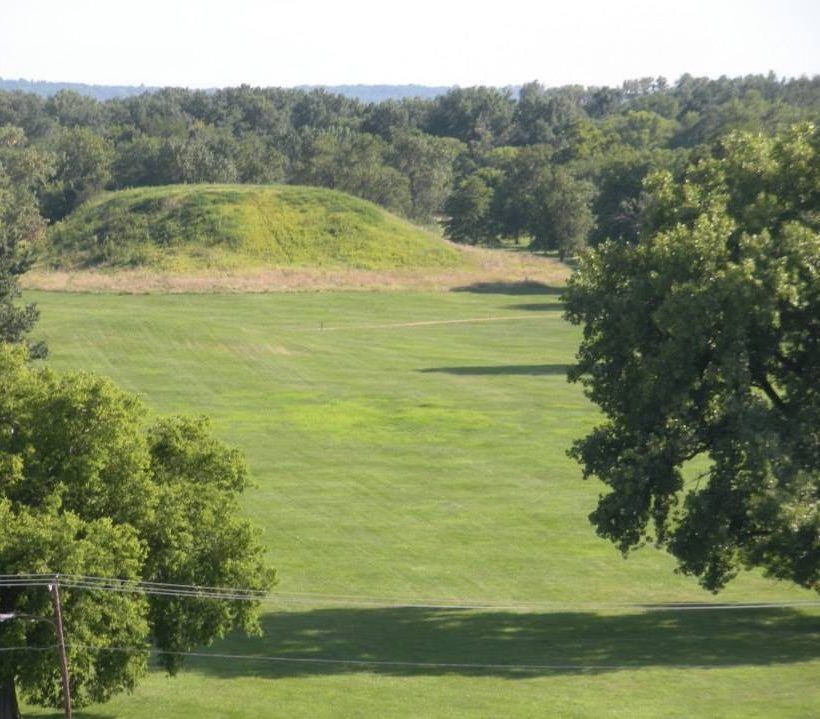The Cahokia Mounds stand as a testament to the ingenuity and cultural achievement of the Mississippian people who thrived from 700 to 1400 A.D. This fascinating historical site, located in present-day Illinois, encompasses the remains of this pre-Columbian Native American city. Here, visitors discover a complex society, rich in rituals and organizations, evident from the numerous ceremonial mounds spread across the area. Cahokia Mounds reveals the social and political structure of the time through its central features like the Grand Plaza, used for gatherings and important events, and Monks Mound, the largest prehistoric earthen construction in the Americas.
Historical Places
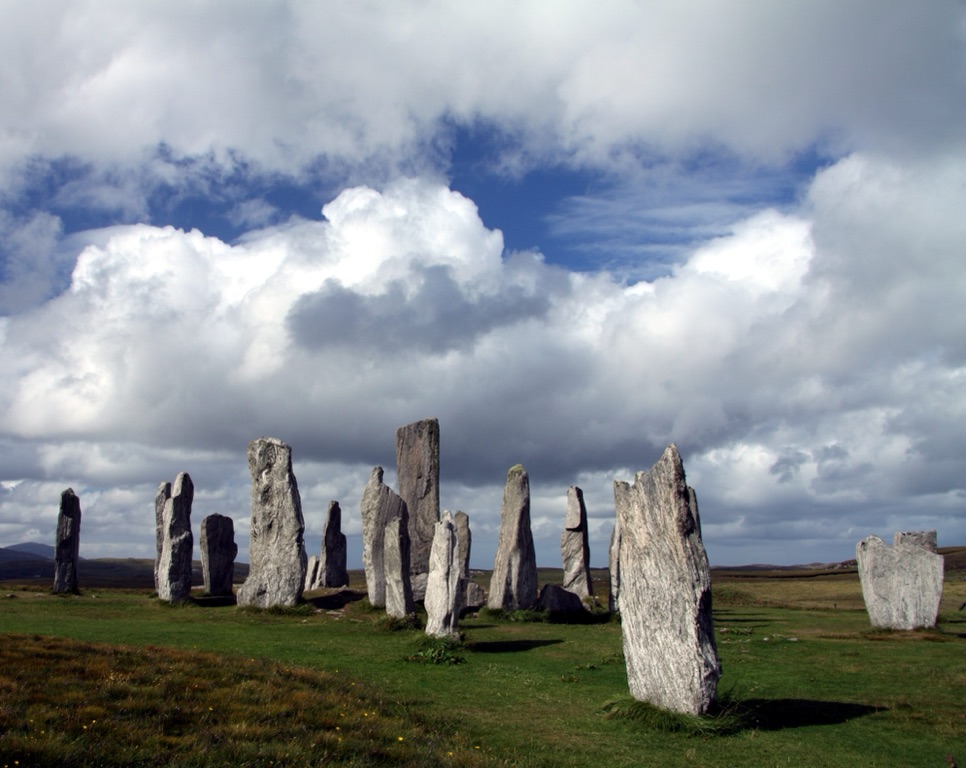
Callanish Stones
The Callanish Stones provide a mesmerizing link to Scotland’s Neolithic past. These ancient, monolithic structures form one of the most complete stone circles in Europe. They stand on the windswept expanse of the Isle of Lewis’ west coast. For visitors, they offer a window into the rituals and celestial observations of a bygone era. The main site, known as Callanish I, comprises a central stone circle with rows of stones radiating in a cross shape. The site aligns with astronomical events, particularly the moon. This reveals the sophisticated understanding of the early inhabitants.

St. Michael’s Mount
Delve into the storied past of St. Michael’s Mount, a tidal island located off the Cornish coast of England. Standing majestically above the sea, it boasts a medley of legend and history. The site has seen different faces of power, from a monastic sanctuary to a fortified castle. Its medieval church and priory stand testimony to the spirituality and resilience of its past inhabitants. The Mount tells tales of Celtic saints and miracles, adding depth to its cultural significance. It unfolds the rich tapestry of England’s history, attracting historians and travelers alike.
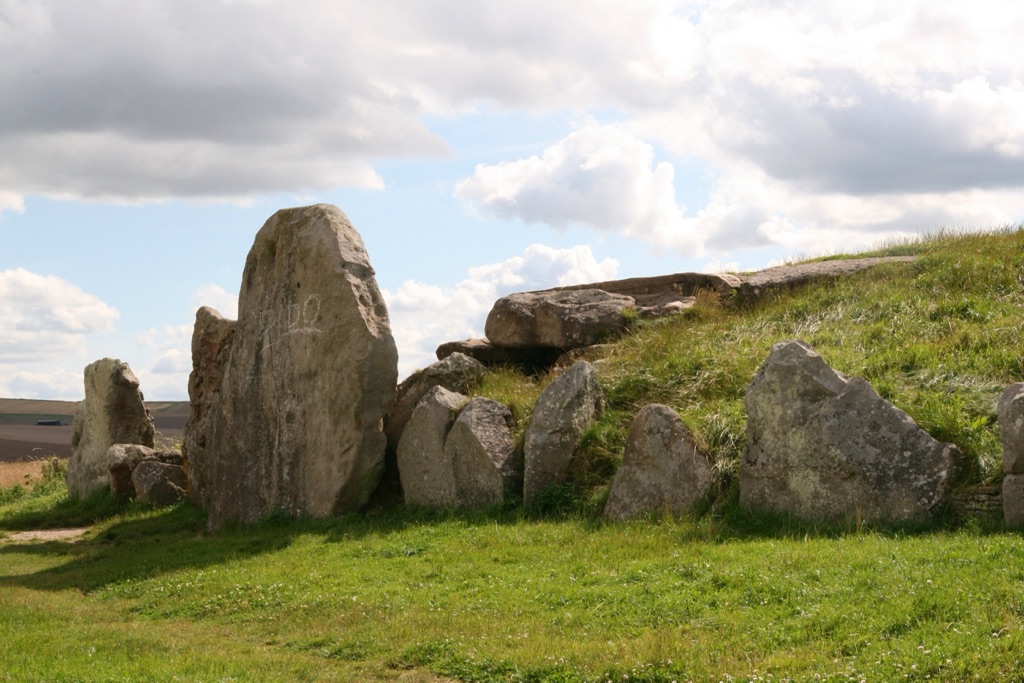
West Kennet Long Barrow
West Kennet Long Barrow stands as one of the largest Neolithic burial sites in Britain. It dates back to around 3650 BC, making it older than Stonehenge. This ancient monument is part of the Avebury World Heritage Site. Visitors are drawn to its historical significance and the mystery surrounding its original use. Archaeologists believe it was a tomb for local leaders, but it also could have been a place for rituals. Its structure, with a fifty-meter-long mound and a series of stone chambers, invites fascination. This site connects us to our Neolithic ancestors and their sophisticated construction skills.
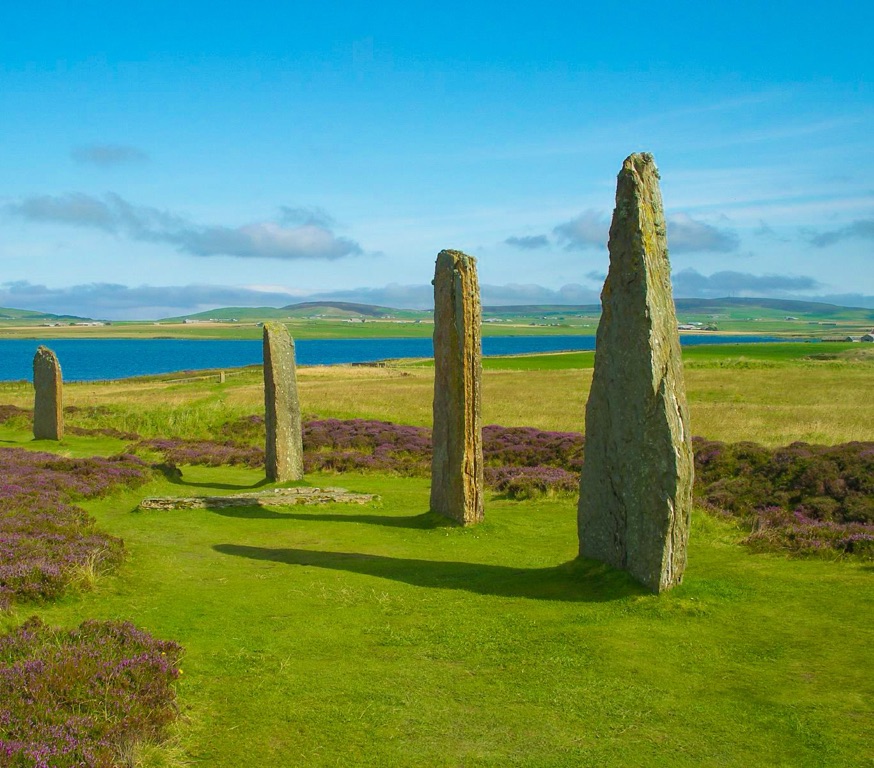
The Ring of Brodgar
Nestled in the heart of Scotland’s Orkney islands lies the Ring of Brodgar, a majestic stone circle encompassing mystery and beauty. This Neolithic wonder, part of the Heart of Neolithic Orkney World Heritage Site, draws tens of thousands of visitors yearly. The site commands awe with its grandeur and puzzles historians and archaeologists with its purpose. Spanning approximately 104 meters in diameter, the Ring of Brodgar comprises upright stones, some reaching up to 4.5 meters tall. Modern interpretations suggest the ring served as a ceremonial site, a place for rituals, gatherings, or an astronomical observatory marking seasonal changes.
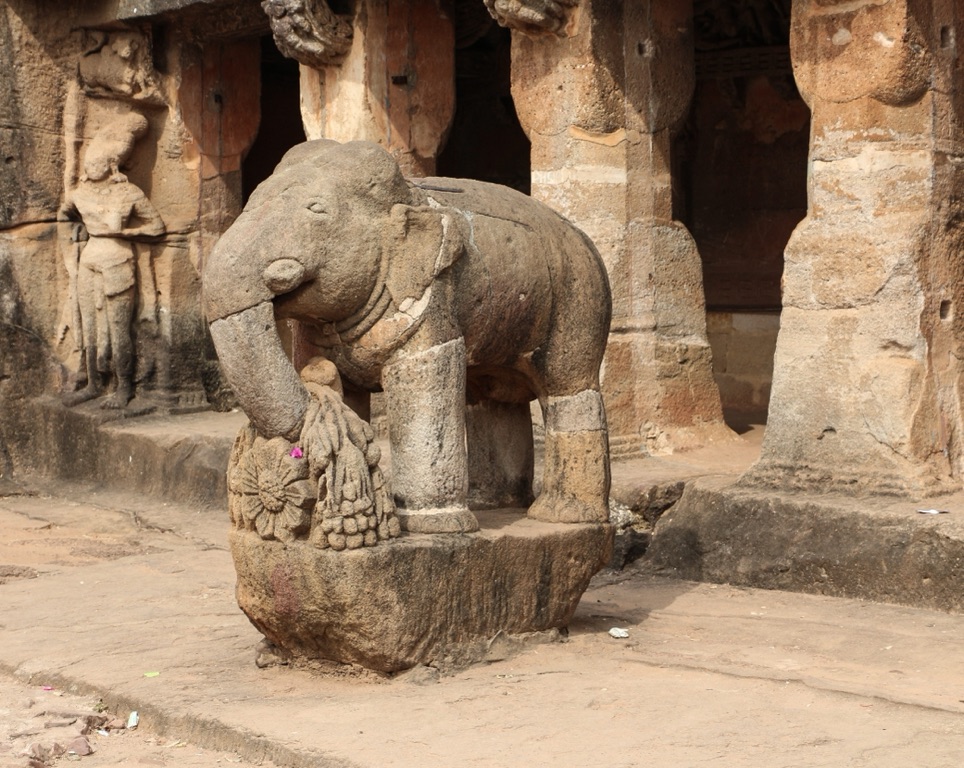
Udayagiri caves
The Udayagiri caves herald an era of artistic and religious expressions in India, providing a unique insight into the cultural landscape during the 4th and 5th centuries AD. Nestled in the state of Madhya Pradesh, these rock-cut sanctuaries embody the prowess of the Gupta Dynasty. They are famous for intricate carvings and monumental sculptures of Hindu gods and goddesses. Most notably, the site is home to the iconic ‘Varaha Avatar’ of Lord Vishnu, illustrating the blend of mythological narratives with the natural environment.

